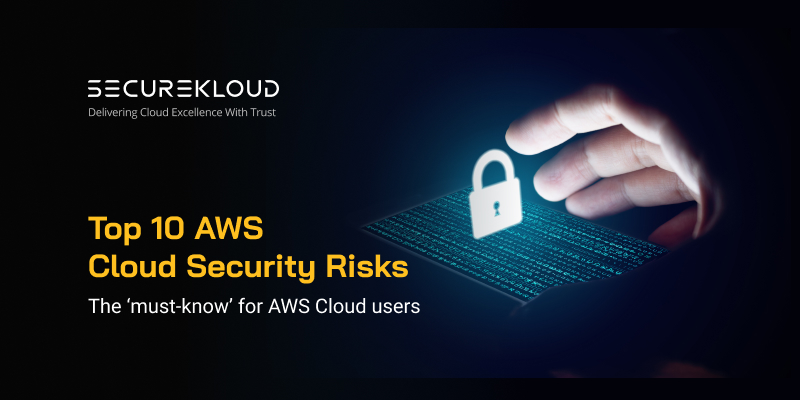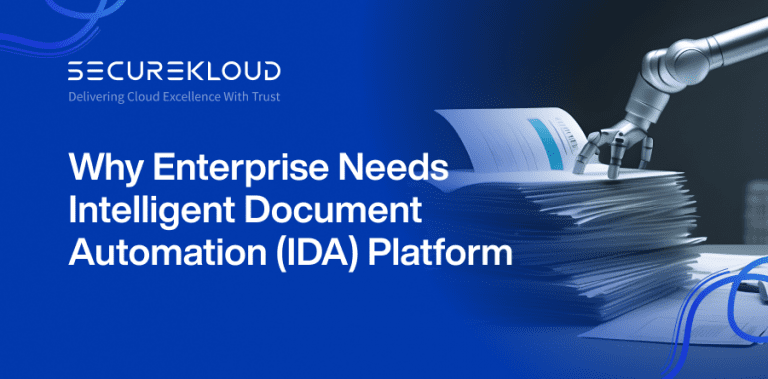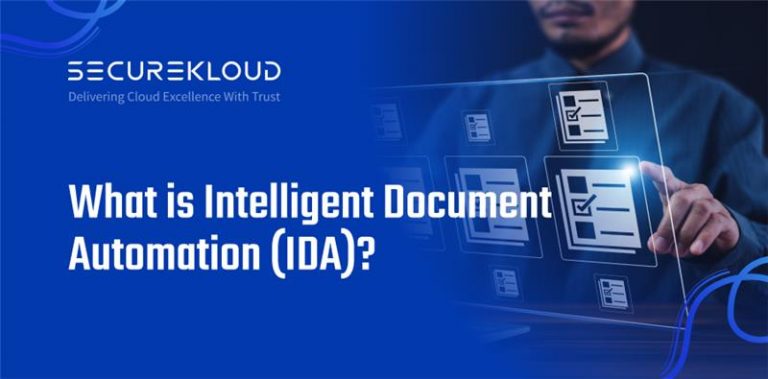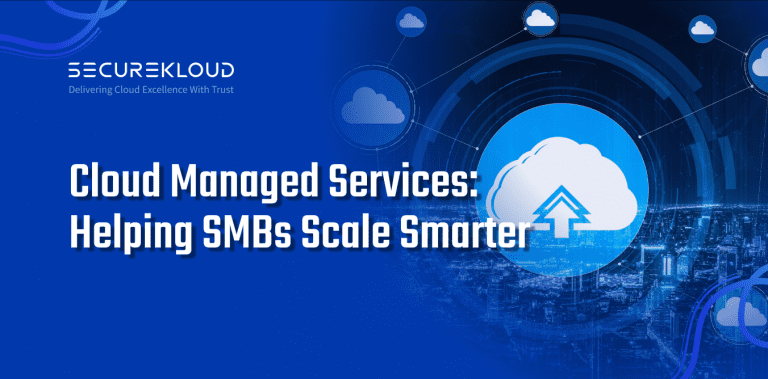- 6Minutes
- 1078Words
- 2Views
Ranked as the No.1 IaaS (Infrastructure as a Service) provider by Gartner’s Magic Quadrant for 8 years in a row, AWS cloud services are sought after by organizations of all sizes. Though the monetary and operational benefits of AWS cloud are commendable, no cloud is safe from security threats including AWS Cloud.
To ensure top-notch Cloud security, AWS recommends best practices and security patches to prevent unexpected interruptions and threats. However, businesses are still learning these best practices and opt for expertise from AWS Cloud service providers specialized in Cloud Managed Services and Cloud Security Services to help with their security needs. But the real catch is to be aware of the risks ‘before’ they occur. In this blog, we will explore the top 10 security risks in AWS Cloud and the preventive measures to tackle them.
Risk 1: Lack of MFA setup
Using Single-factor Authentication to access your AWS account also means you are only a stolen password away from security breach. With MFA (Multi-factor Authentication) setup, apart from the password, users will also need a hardware token to access your AWS account which includes access to AWS configuration, private data and vital services. With MFA, you can also customize access to several different hardware and software options for token generation.
Risk 2: Unused Access Keys
When old and unused access keys stay enabled in your AWS application, they pose a continuous risk as they can open doors to sensitive applications and servers, if active. Disabling unused credentials and limiting access permissions to known users can eliminate such access threats. Use AWS Identity and Access Management (IAM) console to delete or deactivate unused or inactive access keys.
Risk 3: Excess network access
A common high-level threat in AWS Cloud is the access to VPC (Virtual Private Cloud) and AWS services, provided by an unsecured NACL (Network Access Control List). VPCs are meant to be private, but with an unsecured NACL, there is a greater threat to VPC data as the user might go unidentified. Configuring a non-default NACL to your VPC can prevent this risk. Restricting NACL to permit only valid internet traffic to access AWS applications and services can also prevent network threats.
Risk 4: Remote access to Administrative SSH Login
SSH vulnerability is one of the high-risk instances that require instant remediation by AWS users. This avoidable risk happens when inexperienced users stay unaware of SSH configuration threats. When administrative SSH login has access from anywhere, it means anyone with internet access can connect to Transmission Control Protocol (TCP) port 22. This is one of the main doors to DoS (Denial of Service) attacks, leading to irreversible damage. Mitigate SSH vulnerability by limiting permission to IP addresses that communicate with TCP port 22, allow only static IP address of the user (home/office) to connect as hosts, deploy 2-factor authentication and enable the host as the ‘only’ IP to communicate with the nodes inside the account.
Risk 5: Lack of EBS Volume Encryption
Unencrypted data often provides easy access to hackers to your data environment, resulting in loss of data, access keys and other sensitive information. AWS’ Elastic Block Store (EBS) volumes require encryption and can enabling this encryption can help you protect your data at rest on an EBS volume, preventing unauthorized access to your resources. To enable EBS volume encryption, create a new encrypted EBS volume and migrate the old data to the new volume.
Risk 6: Global access to MySQL Database
When your AWS configuration permits remote access to your MySQL database it allows risks wide open to global users. Restrict access to MySQL database by using encrypted connections, and lockdown network access to local trusted devices and locations, other than special cases.
Risk 7: Lack of Audit Logs on AWS activity
With no active audit logs enabled on your AWS services, the risk of security breaches increases multi-fold. AWS provides a sophisticated audit logging service called CloudTrail which alerts unusual AWS activities and records information of all users accessing your system. Prevent endangering organizational data and customer data by enabling CloudTrail on your AWS Cloud for every account and region.
Risk 8: IAM User Access to Individuals
A ‘policy’ in AWS refers to an entity that defines permissions. When identity-based policies in IAM are not assigned to the right individual, the IAM policy will get broadly assigned to many users in a group or to multiple resources. This provides multiple users with excessive access privileges leading to potential security breaches. Assigning IAM privileges at the group or role level can mitigate such access management complexity. To do this, create an IAM group, assign a policy to it, and then add users to the group. In the IAM console, detach users from policies based on their roles.
Risk 9: Access to Windows Remote Desktop
When your AWS network configuration provides access to Windows Remote Desktop Protocol (RDP), to all users due to misconfigurations, it opens the direct door to RDP ports for the attackers. Risks include password hacks, complete control over your Windows servers, loss of critical customer data and organizational data, resulting in huge revenue loss and legal implications. Lockdown access to Windows RDP and restrict access to management protocols to specific devices and locations within your control.
Risk 10: Access to ICMP
If your AWS infrastructure’s network configuration allows any user to access ICMP (Internet Control Message Protocol) information, hackers can use it to extract all kinds of information, from port scanning, network topology, OS fingerprinting, or even remotely reboot certain machines. Use AWS configuration to restrict ICMP solely to teams, devices, and locations within your organization.
Leaving errors undetected might not seem to affect everyday operations, but they will always remain as open-door threats, until they are fixed. Simple preventive measures on your AWS cloud will help you maximize your cloud investment and secure your cloud data leading to uninterrupted business operations.
About SecureKloud
Being a cloud-born company, SecureKloud has been providing Cloud Security Services as part of our Cloud Managed Services to global brands, including F500 companies, for more than a decade. We are an industry certified AWS Managed Services and AWS Cloud Services provider with niche expertise in security services like IDAM and MFA.
With 400+ cloud projects in our portfolio, championed by 450+ cloud consultants, we have acquired significant knowledge providing end-to-end cloud managed services for different businesses, including highly regulated industries.
Service Credentials
SecureKloud is a 3rd party Audited Next-Gen AWS MSP Partner, AWS Premier Partner, GCP (Google Cloud Platform) Premier Partner, and an ISO 27001 certified cloud service provider.





